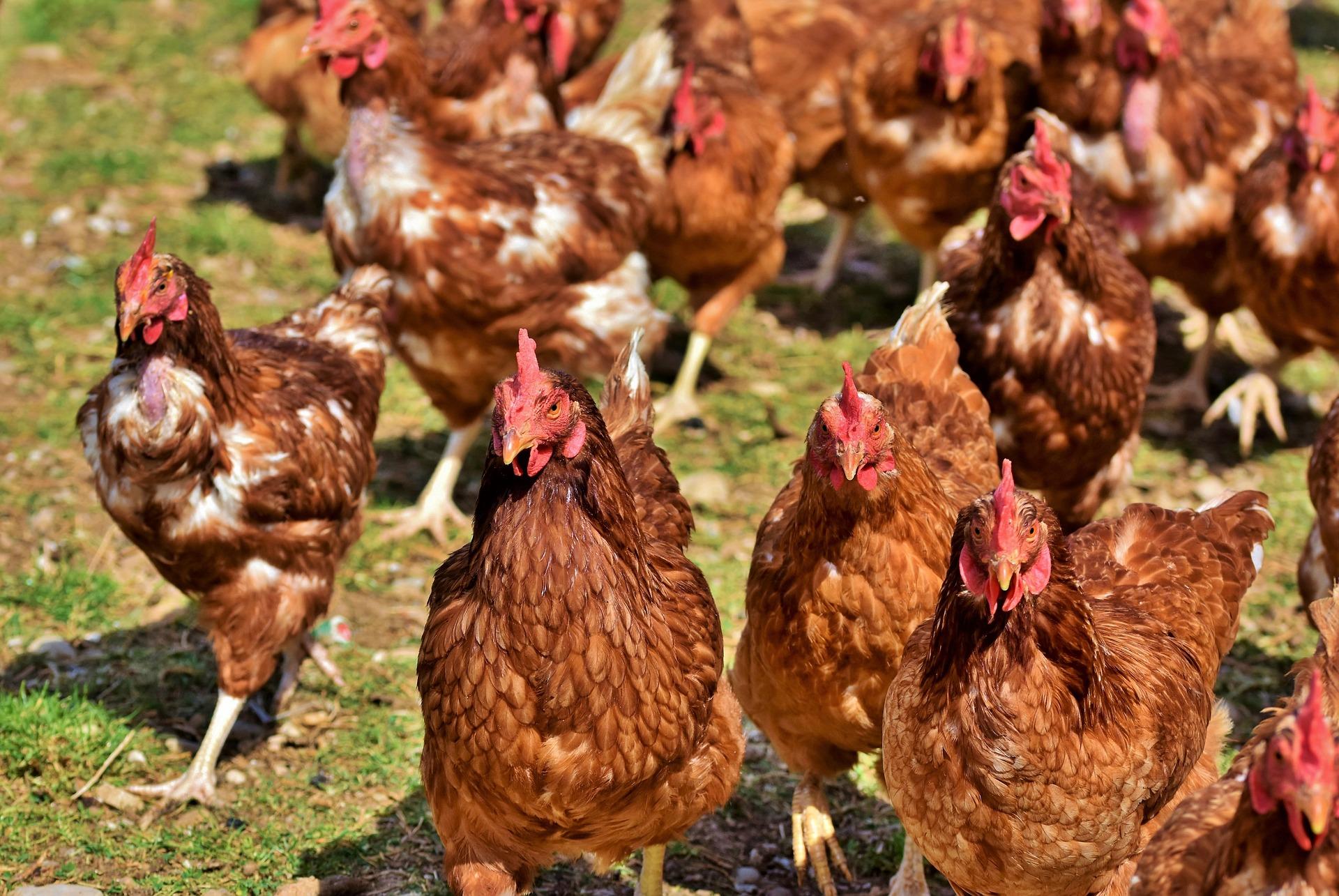Marek’s disease virus (MDV) causes disease in chickens and is estimated to cost the global poultry industry up to US $2 billion each year. In the early stages of disease, the virus has a direct effect on the chicken’s immune system and prevents it functioning correctly, allowing the virus to replicate and cause disease. Clinically, this impact on the immune system is known as ‘immunosuppression’, but the exact way MDV does this is unknown. Recent research into these mechanisms carried out at The Pirbright Institute has led to a greater understanding of MDV and its impact on the poultry immune system, potentially informing new strategies in prevention and control to improve the health and welfare of poultry.
Viruses that evolve to escape the immune system have advantages over the host because they can remain undetected in the body where they can replicate and cause clinical disease. Understanding exactly how they do this is an important part of disease prevention. MDV targets cells known as CD4+ T cells or T helper cells. These cells are a crucial part of the adaptive immune response which helps to fight infection and is vital in the creation of cells that will remember the virus if it infects the host again (that way it can fight the infection quicker next time). T helper cells, as their name suggests, help to activate the immune system by releasing chemicals that attract more cells to assemble an army to kill the virus.
MDV changes CD4+ cells resulting in immunosuppression, but currently we do not know how. Researchers at Pirbright have made another step forward in understanding this in a recent paper published in Frontiers in Immunology. There are many cells and pathways involved in immune responses but the focus in this research was the COX-2/PGE2 pathway. This pathway creates prostaglandin E2 (PGE2), which is known to inhibit the activity of T cells during an immune response. COX-2 is involved in the creation of prostaglandin E2. It was therefore hypothesised that inhibiting the COX-2/PGE2 pathway could reduce the production of prostaglandin E2 and reverse the immunosuppression caused by MDV.
Results from this study demonstrate that MDV activates the COX-2/PGE2 pathway in laboratory studies to investigate host-virus interactions in chickens. Findings also suggest that activation of this pathway results in reduced T cell numbers 21 days after virus infection. However, scientists were able to reverse this effect with a drug called meloxicam, which inhibits COX-2. With COX-2 inhibited, the production of prostaglandin E2 was reduced which prevented suppression of the immune response. This research revealed that the COX-2/PGE2 pathway is important in Marek’s disease and highlights COX-2 inhibitor drugs as potential treatments.
The research also demonstrated that disease causing strains of MDV activated the COX-2/PGE2 pathway but that the vaccine strain of the virus, known as Rispens-CVI988 did not.
Dr Shahriar Behboudi, Head of the Avian Immunology group at Pirbright, said: “Understanding the role of Marek’s disease virus-induced COX-2/PGE2 activation in the modulation of immune responses against viral infection may lead to the development of novel vaccine strategies. It may also be possible that Marek’s disease virus infection could be used as a model for the development of new treatment strategies by targeting the COX-2/PGE2 pathway to control viral replication and virus-induced immunosuppression.”
This work was supported by UK Research and Innovation Biotechnology and Biological Sciences Research Council Grants.
